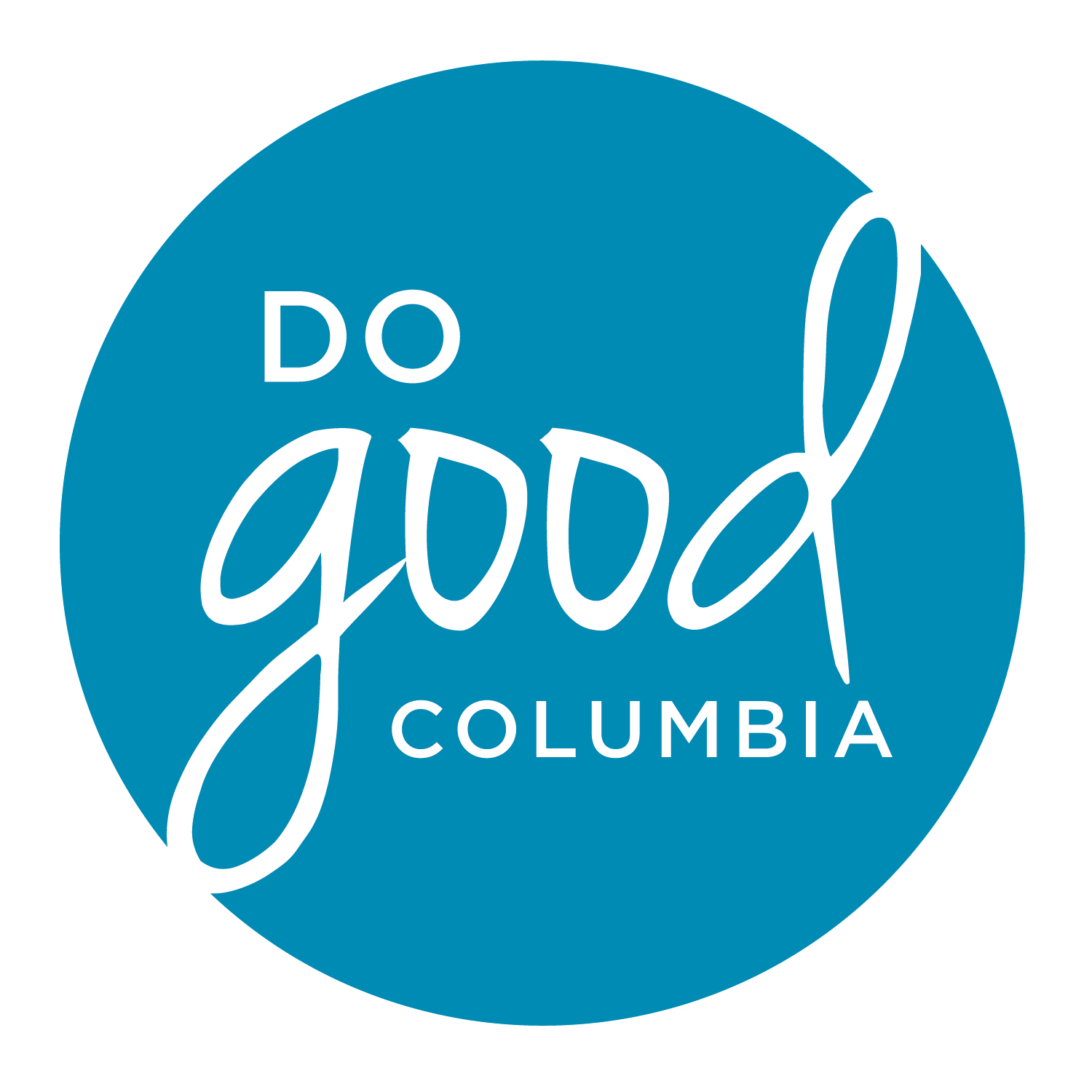An advisory team of some of the most talented and influential people in the Midlands are working with Richland Library to plan for Do Good Columbia. They have generously shared their time and expertise; Do Good Columbia wouldn't be possible without them. Heartfelt thanks go to:
Ethel Bunch - Director of Development and Outreach, Congaree Land Trust
Mike Dawson - Executive Director, River Alliance
Irene Dumas-Tyson - Director of Planning, Boudreaux Group
Jamelle Ellis - Director of Community and Government Services, Richland County
Seth Gadsden - Director, Indie Grits Labs
Betty Gregory - Board of Trustees, Richland Library
Krista Hampton - Director of Planning and Development Services, City of Columbia
Heyward Harvin - Executive Advisor, Office of the Mayor, City of Columbia
Meghan Hickman - Executive Director, EngenuitySC
Erin Johnson - VP for Community Investment, Central Carolina Community Foundation
Robbie Kopp - Director of Advocacy and Community Access, Able SC
Michael Mayo - Owner, Palmetto Outdoor Center
Jason Outman - Executive Director, Experience Columbia SC
Elise Partin - Mayor, City of Cayce
Lee Snelgrove - Executive Director, One Columbia for Arts and History
Bill Stangler - Congaree Riverkeeper
Kimberly Tissot - Executive Director, Able SC
Tameria Warren - Education Committee Co-Chair, Gills Creek Watershed Association








